Step 1: Drop your front photo here or click to upload
Hmm... How Attractive Am I?
AI Pretty Scale - Free Professional Attractiveness test Tool
Discover your pretty scale rating with advanced AI technology. Get detailed facial analysis, personalized beauty tips, and scientifically-backed attractiveness scores.
Comprehensive Pretty Scale Analysis
Our AI analyzes multiple facial features including symmetry, proportions, skin quality, and overall harmony. Get detailed insights into what makes faces attractive according to scientific beauty standards.
Key Features
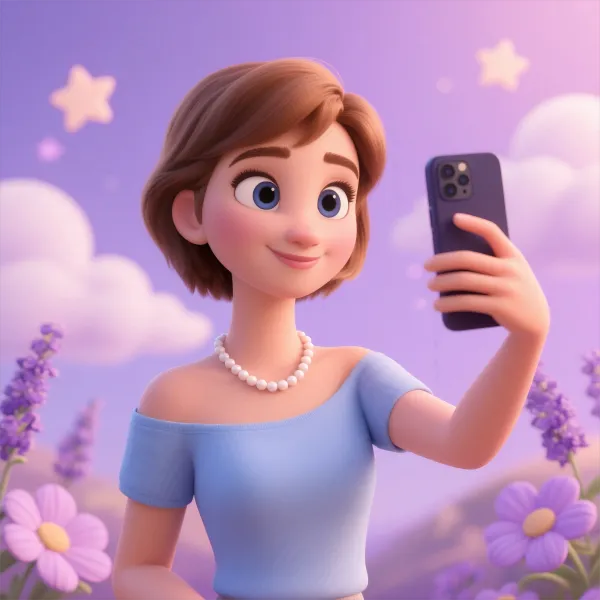
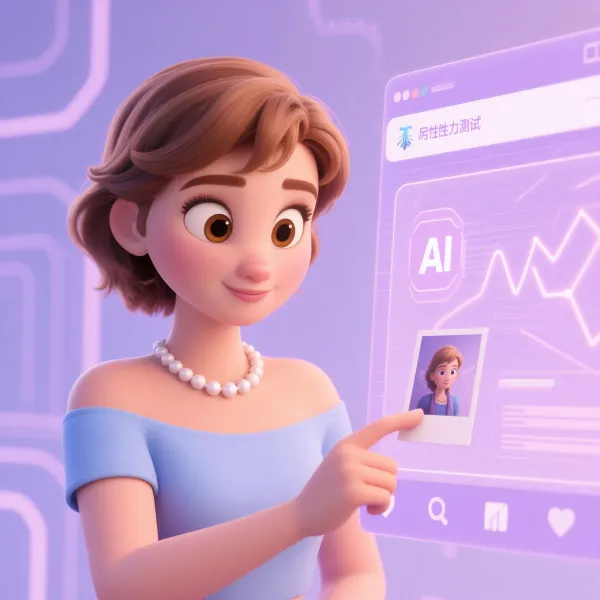
Transform your selfie into a comprehensive analysis with detailed scoring and personalized recommendations
Personalized Pretty Scale Recommendations
Based on your facial analysis, receive personalized recommendations for makeup, hairstyles, and skincare routines that can enhance your natural beauty and improve your attractiveness rating.
Key Features
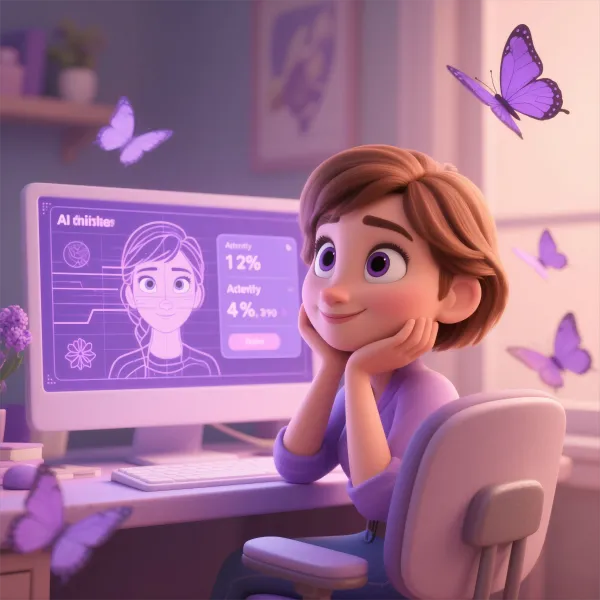
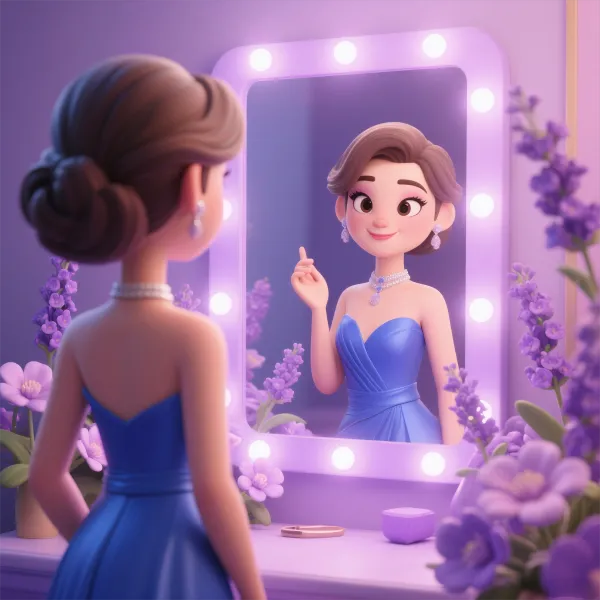
See how recommended changes could enhance your natural beauty and improve your overall rating
Scientific Pretty Scale Standards
Our analysis is based on peer-reviewed research and established beauty standards from psychology and aesthetics studies, providing reliable and objective assessments.
Key Features
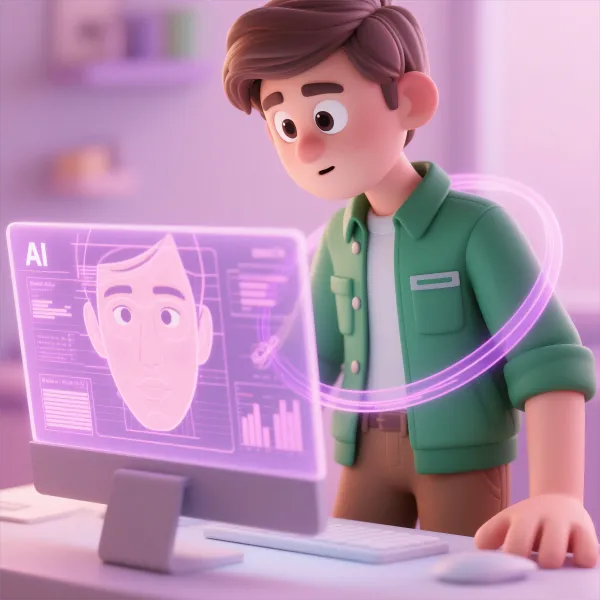
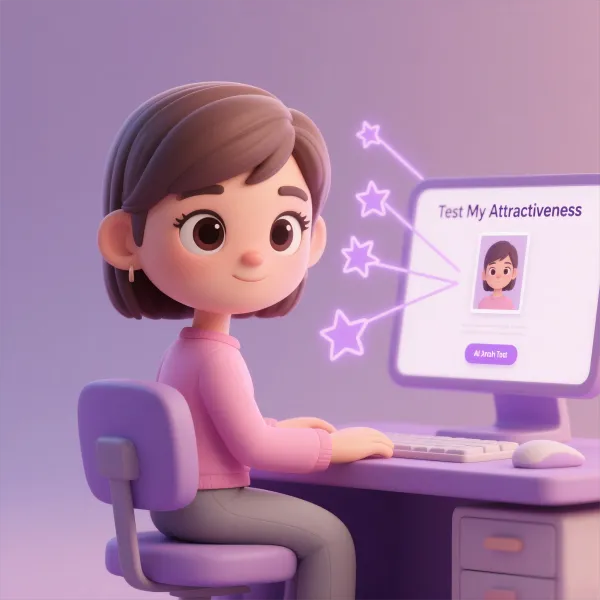
Move beyond personal opinions to data-driven assessment based on scientific research
How to Get Your Pretty Scale Score
Four simple steps to discover your attractiveness rating
Upload Your Photo
Take or upload a clear, front-facing photo with good lighting for accurate analysis
AI Processing
Our advanced AI analyzes your facial features, symmetry, and proportions to calculate your score
Get Your Pretty Scale Score
Receive a detailed breakdown with explanations for each rating component
Beauty Recommendations
Get personalized tips and suggestions to enhance your natural beauty
Advanced AI Technology & Pretty Scale Science
Cutting-edge artificial intelligence combined with established beauty research delivers accurate and insightful attractiveness analysis
Deep Learning Face Analysis
State-of-the-art neural networks trained on millions of faces to understand beauty patterns and facial attractiveness
Technical principle
Utilizes convolutional neural networks and transformer architectures specifically designed for facial feature detection and beauty assessment, achieving 95%+ accuracy in feature recognition.
Core advantages
Golden Ratio & Symmetry Analysis
Mathematical assessment of facial proportions based on classical beauty standards and the golden ratio
Technical principle
Measures facial symmetry, proportion ratios, and geometric relationships that correlate with perceived attractiveness across cultures.
Core advantages
Multi-Feature Beauty Assessment
Comprehensive evaluation of eyes, nose, lips, jawline, and overall facial harmony
Technical principle
Analyzes individual facial features and their relationships, considering factors like eye shape, nose proportions, lip fullness, and facial symmetry.
Core advantages
Science-Based Beauty Analysis
Our technology combines computer vision, machine learning, and established beauty research to provide objective, reliable assessments that go beyond subjective opinions.
Frequently Asked Questions About Pretty Scale
Answer common questions to help you better understand and use our features
How accurate is the pretty scale score?
Our AI model achieves 90%+ accuracy compared to human beauty assessments. The scoring is based on established scientific research about facial attractiveness and has been validated across diverse populations.
What photo should I upload for best results?
Upload a clear, front-facing photo with good lighting for optimal analysis. Avoid heavy makeup, filters, or extreme angles. Natural lighting and a neutral expression work best for accurate assessment.
Is my photo stored or shared?
Your privacy is our priority. Photos are processed temporarily for analysis only and are not permanently stored or shared with third parties. All data is handled according to strict privacy standards.
How is the pretty scale score calculated?
The score considers multiple factors including facial symmetry, proportion ratios, feature harmony, and adherence to cross-cultural beauty standards. Each factor is weighted based on scientific research about attractiveness.
Can I improve my attractiveness score?
While basic facial structure is fixed, many factors that influence attractiveness can be enhanced through proper grooming, makeup techniques, hairstyle choices, and skincare routines that we recommend.
Is this suitable for all ages and ethnicities?
Our AI is trained on diverse datasets representing various ethnicities and age groups. However, it's designed for adults (18+) and beauty standards may vary across cultures.
How long does the analysis take?
The analysis typically takes 30-60 seconds to complete. Processing time may vary slightly based on image quality and server load.
What makes your pretty scale analysis different from other apps?
Our analysis is based on peer-reviewed scientific research, uses advanced AI models, and provides detailed explanations rather than just a simple number. We focus on educational insights about facial attractiveness.
Do you have any other questions?
If you don't find the answer, please contact our customer service team, we will do our best to help you.
Scientific Foundation
Our AI attractiveness analysis is based on peer-reviewed scientific research in facial beauty perception and computational aesthetics.
Scoring facial attractiveness with deep convolutional neural networks: How training on standardized images reduces the bias of facial expressions
Obwegeser, D., Timofte, R., Mayer, C., Bornstein, M.M.
This study addresses how facial expressions might confound facial attractiveness scoring using deep convolutional neural networks to identify how facial expressions affect facial attractiveness. The research found that fine-tuned algorithms rated all facial expressions as less attractive than neutral, while uncontrolled algorithms aligned more with common perception.
Social conformity updates the neural representation of facial attractiveness
Chen, D., Yao, Z., Liu, J., Wu, H., Hu, X.
This EEG study investigated how learning from in-group or out-group members about facial attractiveness changes explicit attractiveness ratings and spontaneous neural representations. The research found that social conformity updated spontaneous neural representation of facial attractiveness, particularly when participants learned from their in-group members.
Good conduct makes your face attractive: The effect of personality perception on facial attractiveness judgments
Niimi, R., Goto, M.
This study examined the effect of personality information on facial attractiveness judgments. The research found that honest personality descriptions increased rated facial attractiveness, demonstrating a 'honesty premium' effect that was independent of pre-rated facial attractiveness, target gender, and participant gender.
